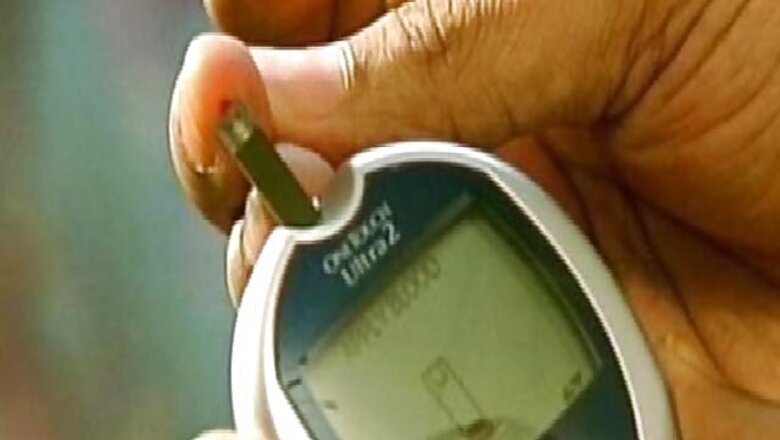
views
London: Touted as man's best friend, canines can now also be trained to sniff out conditions of low blood sugar in patients with Type-1 diabetes, finds an interesting study.
Hypoglycaemia -- low blood sugar -- can cause problems such as shakiness, disorientation and fatigue and comes with little warning.
If the patient does not receive a sugar boost in time, it can cause seizures and lead to unconsciousness.
The findings showed that the scent of chemical isoprene found in human breath could act as a warning for patients with Type-1 diabetes experiencing a rapid decline in the blood sugar levels.
"Isoprene is one of the commonest natural chemicals that we find in human breath," said Mark Evans from University of Cambridge.
In the study, the team analysed eight women with Type-1 diabetes and within an average age of 40.
The participants' blood glucose levels were slowly lowered during controlled conditions.
Researchers used mass spectrometry to distinguish the presence of chemicals in the women's breath that may change as the blood sugar levels change.
Isoprene levels were found to significantly rise during hypoglycaemia.
"We suspect it's a by-product of the production of cholesterol, but it isn't clear why levels of the chemical rise when patients get very low blood sugar,” Evans added.
Further, dogs were found to sniff out the start of a hypoglycemic episode and as a result, prevent blood sugar levels from dropping dangerously low.
"Humans aren't sensitive to the presence of isoprene, but dogs with their incredible sense of smell, find it easy to identify and can be trained to alert their owners about dangerously low blood sugar levels,” Evans explained.
Isoprene provides a 'scent' that could help us develop new tests for detecting hypoglycaemia and reducing the risk of potentially life-threatening complications for patients living with diabetes," the researchers said in the study published in the journal Diabetes Care.
















Comments
0 comment